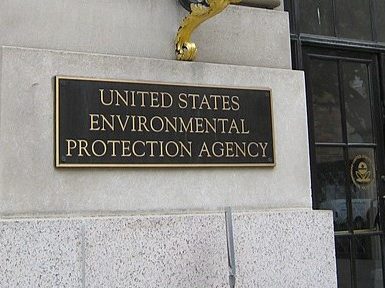The odds just got better for Arizona to meet a second federal deadline to complete its part of a seven-state drought contingency plan that kicks in with cuts to Colorado River water supplies when a shortage occurs, likely by the end of this year. That will trigger cuts in 2020.
Key stakeholders involved in negotiations for Arizona’s part of the agreement just approved one of the most critical agreements. In addition, a contentious drawn-out deal involving Pinal County agriculture is now advancing smoothly.
There’s a chance Arizona could make the new deadline.
Arizona water officials and water representatives have been rushing to finalize a dozen in-state deals to meet the new March 19 deadline for the Upper and Lower Basin Drought Contingency Plan (DCP). The plan lays out how states and water users within those states will conserve water in Lake Mead to protect future water supplies and assist water-limited users.
If the state fails to meet the deadline, it faces possible intervention from the federal Bureau of Reclamation. Arizona and California are the only two states with outstanding agreements. A Federal Register was opened on March 4th. Governors from all of the basin states can make recommendations on how to reduce the risks the Colorado River Basin is facing.
If they are able to meet the new one, the recommendations will be discounted.
Progress was made on Thursday when the Central Arizona Water Conservation District (CAWDC) board voted unanimously on the key component, a framework agreement between the United States, Arizona and CAWDC for a program for “intentionally created surplus” (ICS). The purpose of this agreement is to develop a program for creation, accumulation and delivery of excess water by water entities like cities, tribes, water companies and water districts to preserve water levels at Lake Mead, the storage lake for river water.
“This is a huge milestone to get this brick in the wall done,” said Ted Cooke, general manager of the Central Arizona Project (CAP) that carries Colorado River water inland to Maricopa, Pima and Pinal counties.
In addition, some of the most contentious agreements involving Pinal County agriculture are now resolved and nearing completion, said Paul Orme, the attorney who has been fighting for the 200 ranches and farms in Pinal County.
They may be ready by the new deadline, Orme said.
“We’ve completed a draft of the agreement and I think we’re just about to the point where we’re ready to take it to our governing body,” he said Thursday.
Pinal County farmers decided to enter into the agreement even though they failed to secure a $20 million backstop from the state legislature. They asked for the money as a cushion as they go through the long process of getting a $20 million grant from the federal government to build well infrastructure so they can transition to dependence on groundwater.
“At the end of the day, we knew this was important overall for the state of Arizona and the Lower Colorado River Basin,” Orme said. “We’ve had a lot of assistance from a lot of folks and that was one of those calls we had to make. We don’t want to be the ones to derail the process.”
A number of stakeholders including CAP, the state legislature, the Arizona Department of Water Resources, the non-profit Walton Family Foundation, cities, tribes and others have all agreed to share or sell water or provide funding or expertise to help the farmers’ transition.
Under the DCP, Arizona has entered into agreements with California, Nevada and Mexico to conserve up to 600,000 acre feet of water in the lake.
As all parties push to get to the end, it’s still a fifty-fifty proposition. They are acting in good faith Cooke said, but the remaining minor legal and administrative steps take time.
Bureau Commissioner Brenda Burman has stated she would prefer not to intervene. It would be the first in history. But there is no time to waste.
The Southwest is experiencing the longest and most severe drought in history. Currently, Lake Mead is at 40 percent capacity. The lake is expected to drop to 1075 feet by the end of 2019. That will trigger the region’s first tier 1 shortage and cuts to water supplies to protect Lake Mead.
The Bureau of Reclamation also must seek approval for the DCP by the U.S. Congress so it can begin operation in August.
Then, back to the negotiating table. The DCP is only a bandaid to get water users through 2026, then, a new DCP plan must be put in place
















Well written Victoria.